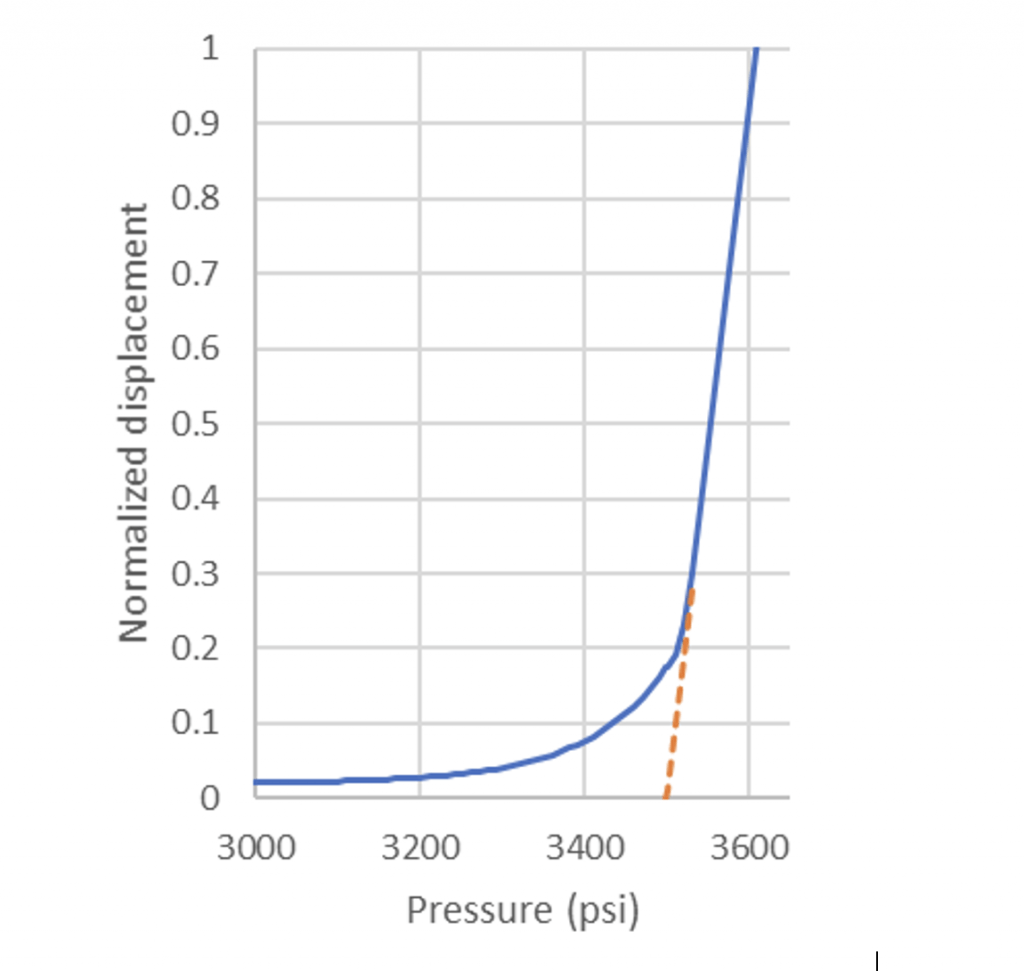Commentary on Four New DFIT Papers: (a) Direct In-Situ Measurements of Fracture Opening/Closing from the EGS Collab Project; (b) Comparison of Stress Measurement Techniques from the Bedretto Project; (c) a Statistical Summary of 62 DFITs Interpretations Across Nine Shale Plays; and (d) A Different Perspective: An Article Advocating the Use of the Tangent Method

This post provides commentary on recent four papers on diagnostic fracture injection testing (DFIT). The first paper uses in-situ deformation measurements to directly observe fractures opening and closing during fracture injection-falloff tests (Guglielmi et al., 2022). The second compares various stress measurement techniques in a series of fracture/injection tests from the Bedretto project (Bröker and Ma, 2022). The third statistically reviews results from applying the interpretation procedure from McClure et al. (2019) to 62 DFITs across nine different shale plays (McClure et al., 2022). The fourth is an op-ed written in JPT (Journal of Petroleum Technology) by an advocate of the tangent method for estimating DFIT closure stress (Buijs, 2021; 2022). This article presupposes that the reader already has familiarity with these topics. If you would like more background, please refer to McClure et al. (2019).